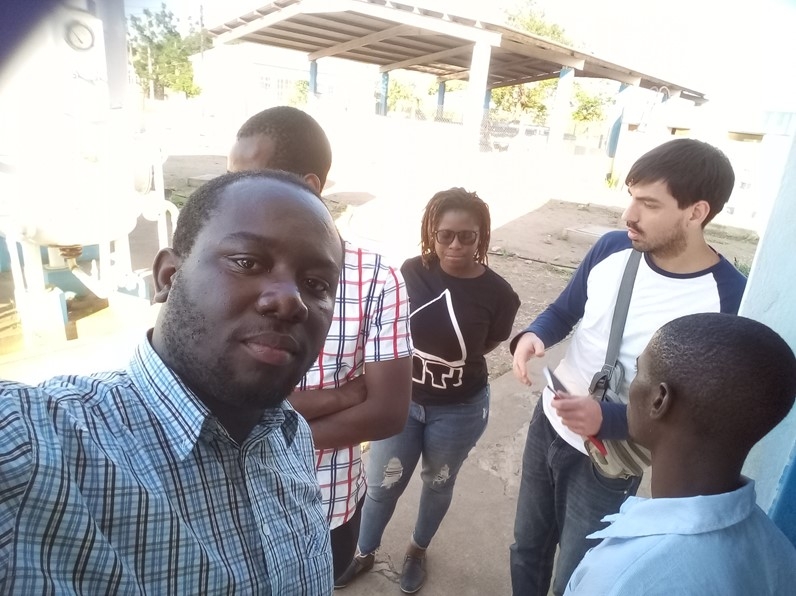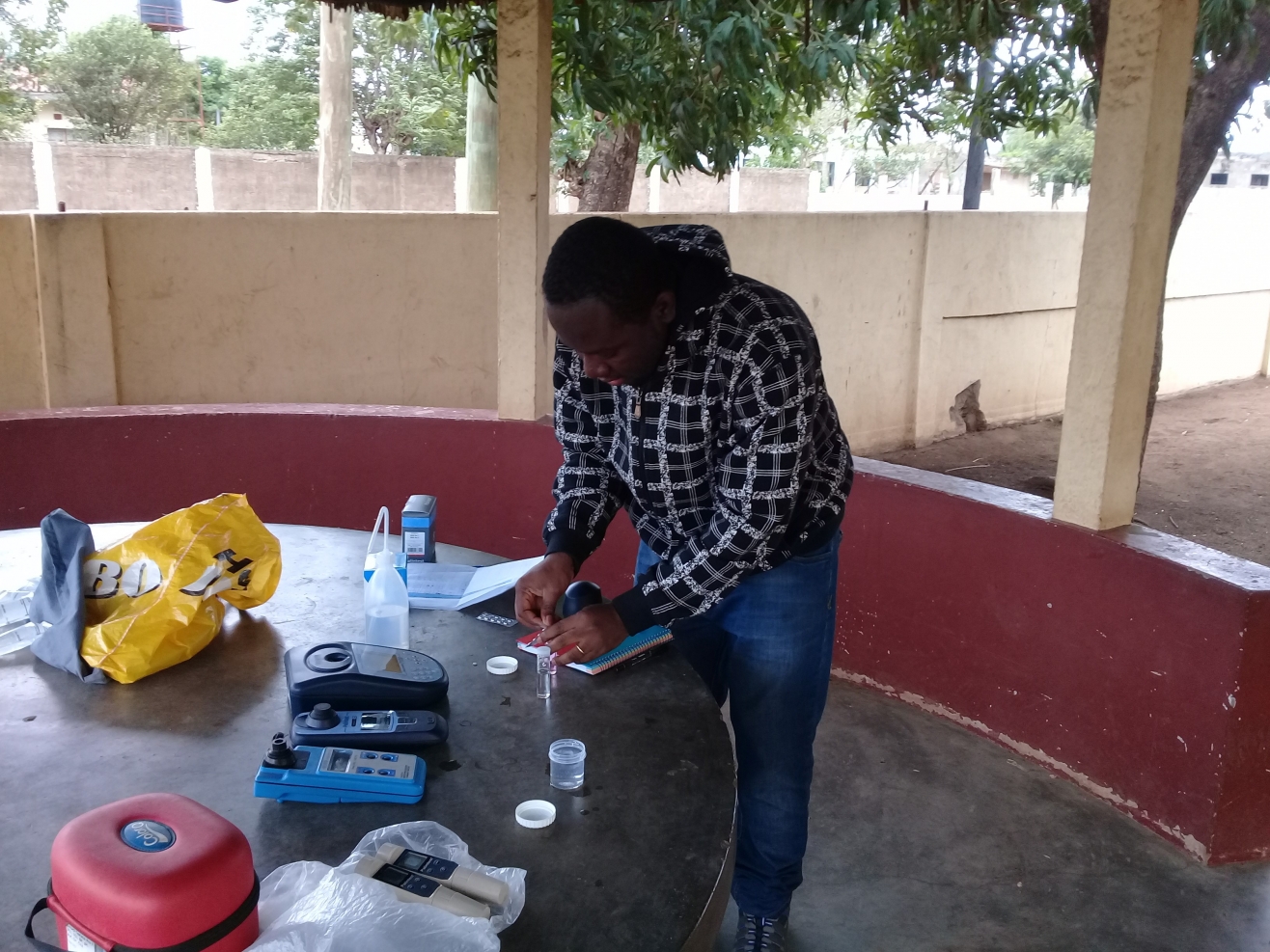Blog: Improving drinking water quality in a small town of Mozambique
Author: Michael N.A. Quaye
Excitement is the word I can use to describe my initial feeling when nearly two months ago I arrived in Maputo, the capital of Mozambique. Greeted with ‘Hola’ and ‘Como está?’ - ‘hello’ and ‘how are you?’ - by my host and colleague Eugenia, reality hit me and that was when I realized I had arrived in a foreign land even though I was back on my motherland Africa. The scotching sun was however a familiar attribute which made me smile.
Soon it was time for me to go to Moamba, a small town about 70 km west of the capital. Upon arriving in Moamba, I met the water operators at the treatment plant and I discussed with them about my research plan. With my experimental work I aim to ascertain the effect of operational strategies on drinking water quality in systems with an intermittent supply. The water supply in Moamba is a perfect example, since it is characterized by 3-4 hours of supply in the morning, and 3-4 hours supply in the afternoon.
During the first days the operators and I had to overcome the language barrier, since the languages spoken are Portuguese and the local language ‘shangana’. This sparked my interest in gaining quickly a basic vocabulary in Portuguese in order to improve my means of communicating with locals. Next on the agenda was selecting the households where I could take water samples for my experiments. All the households selected were very welcoming when my local colleagues explained to them that I was conducting a research to know if there were ways to improve the quality of water they received. I must say that the hospitability showed by these households made my sampling quite easy and even enjoyable.
In the past months I undertook various experiments, from varying the disinfectant dosed at the treatment plant to prolonging the water supply time up to 12 consecutive hours. I processed a large number of water samples. These were taken at different times of the day from the treatment plant, as well as from the selected households. I tested the samples for the level of residual disinfectant and faecal contamination. The preliminary results show that during the first minutes of supply the water quality is generally poorer, but t enhanced chlorine dosage can help improving water quality. Longer supply times do not seem to improve the quality of water supplied to consumers.
During these months of research, the warm nature of the people of Moamba has been very heart-felt. The people were ever ready to open their homes to me to conduct my experiments and I’ve really enjoying my field research. Going forward, I will be completing my experiments with the hope of producing meaningful research that will ultimately contribute to improving the lives of the people of Moamba.

Project team at Moamba | Credit: Michael N.A. Quaye

Testing physico-chemical parameter | Credit: Michael N.A. Quay

Residential tap for sampling | Credit: Michael N.A. Quaye
